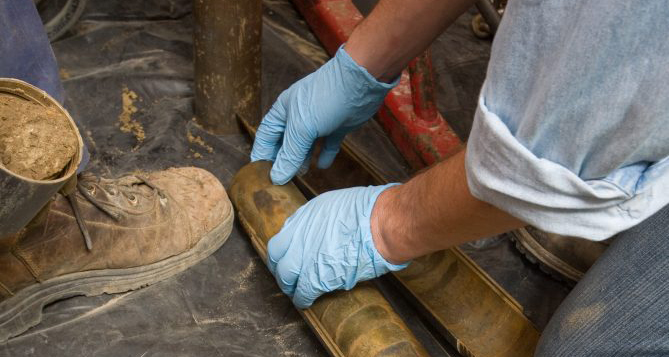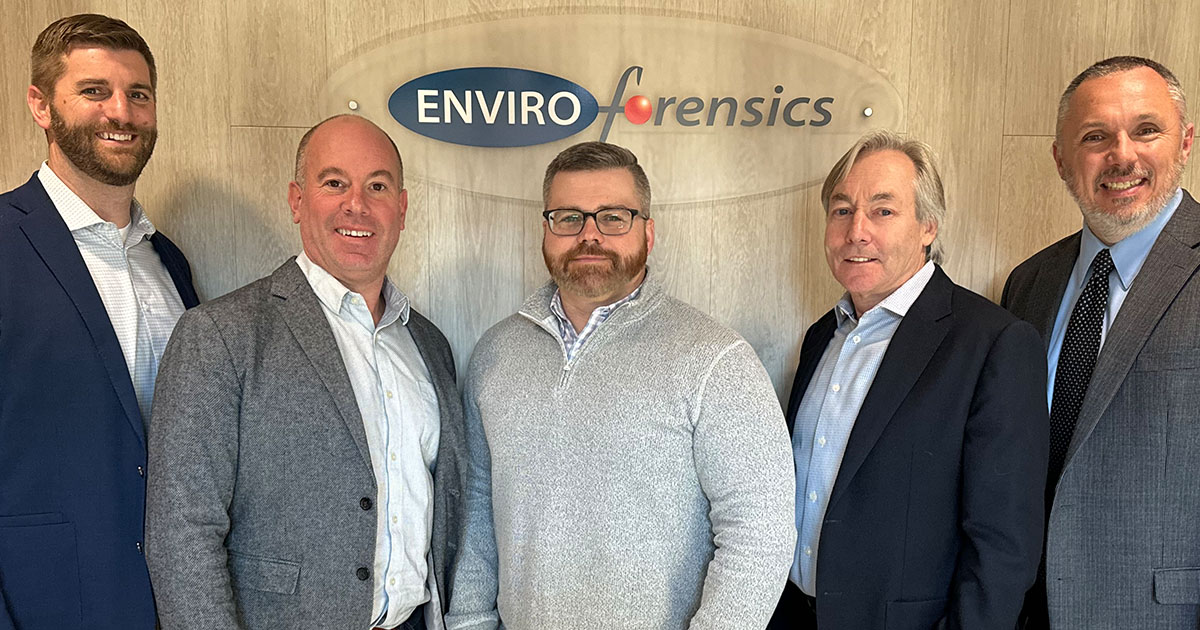FOLLOW THESE STEPS TO ENSURE LIABILITIES AND RISKS ARE PROPERLY EVALUATED AND ADDRESSED.

Several reasons may prompt the need for conducting environmental site investigations. Sale or refinancing of a property/business will require a Phase I Environmental Site Assessment (ESA). These ESAs recommend further evaluation of recognized environmental conditions (RECs) to determine potential risks and liabilities. This can be very costly and reveal the obligation for even costlier remediation. Sudden and accidental releases of chemicals from industrial facilities such as machine shops, dry cleaners, plating operations, or many other industrial operations can also bring regulatory notice for action.
The investigation of environmental conditions is critical and therefore needs to be conducted methodically and thoroughly so that liabilities and risks are properly evaluated and mitigated. Without this there can be significant financial exposure for property owners and potential health risks for occupants of neighboring commercial and residential neighboring properties. Here are the necessary steps to securing a thorough investigation of environmental conditions.
6 STEPS TO SECURING A THOROUGH ENVIRONMENTAL SITE INVESTIGATION
1. Review Your History and Your Surrounding Properties
Review of former business uses at your Site, along with past and current operational areas. This will help determine where chemicals of concern may have been used. This is important not only for your property but for properties near you that may impact your property.
2. Line up Your Defense
Defense wins championships, so start building your team. Gather all information you have on insurance assets (quotes, policies-new and old, checks, letters, bills, etc.). Organize a file of agency inspections and correspondence that may have occurred. Hire a qualified environmental consultant and seek counsel from an experienced environmental defense attorney. Continue to keep up with the regulatory reporting requirements with each step conducted below.
Learn how we can help you uncover funds to offset environmental costs through insurance archeology
3. Build a Conceptual Site Model (CSM)
This is an ongoing process that depicts characteristics of a site (largely environmental conditions of soil, groundwater and soil gas) and the processes by which contaminants may move from source areas to receptors. With each step of investigation and remediation, this CSM is tested, proven and/or refined.
4. Define Nature and Extent
Through a combination of strategic testing of soil, groundwater and soil gas, the CSM is refined by assessing Site Conditions physically and chemically to understand what contaminants are present in those media. This process is referred to as defining the nature (what chemicals and how concentrated) and extent (migratory pathways and distribution) of contamination.
5. Evaluate Risks
Regulating Agencies provide guidance on what are unacceptable concentrations for chemicals, evaluated under specific exposure scenarios. This is where expert interpretation is necessary to evaluate potential risks the contaminants present to exposed or potentially exposed populations. The continuum of exposure pathway to receptor is a key concept to identify where unacceptable risks (e.g. harm to human health and the environment) exist.
6. Remediate Appropriately
Conducting the first five points thoroughly will help in the determination and design of the most appropriate method of remediation. If there are (or will be in the future) completed pathways of exposure, those pathways need to be eliminated. This is often most productively done by removing the source (or sources) of contamination to both a manageable size and level, such that remaining exposure pathways to receptors are at acceptable risks levels.
Learn more about our site investigation and remediation services.



